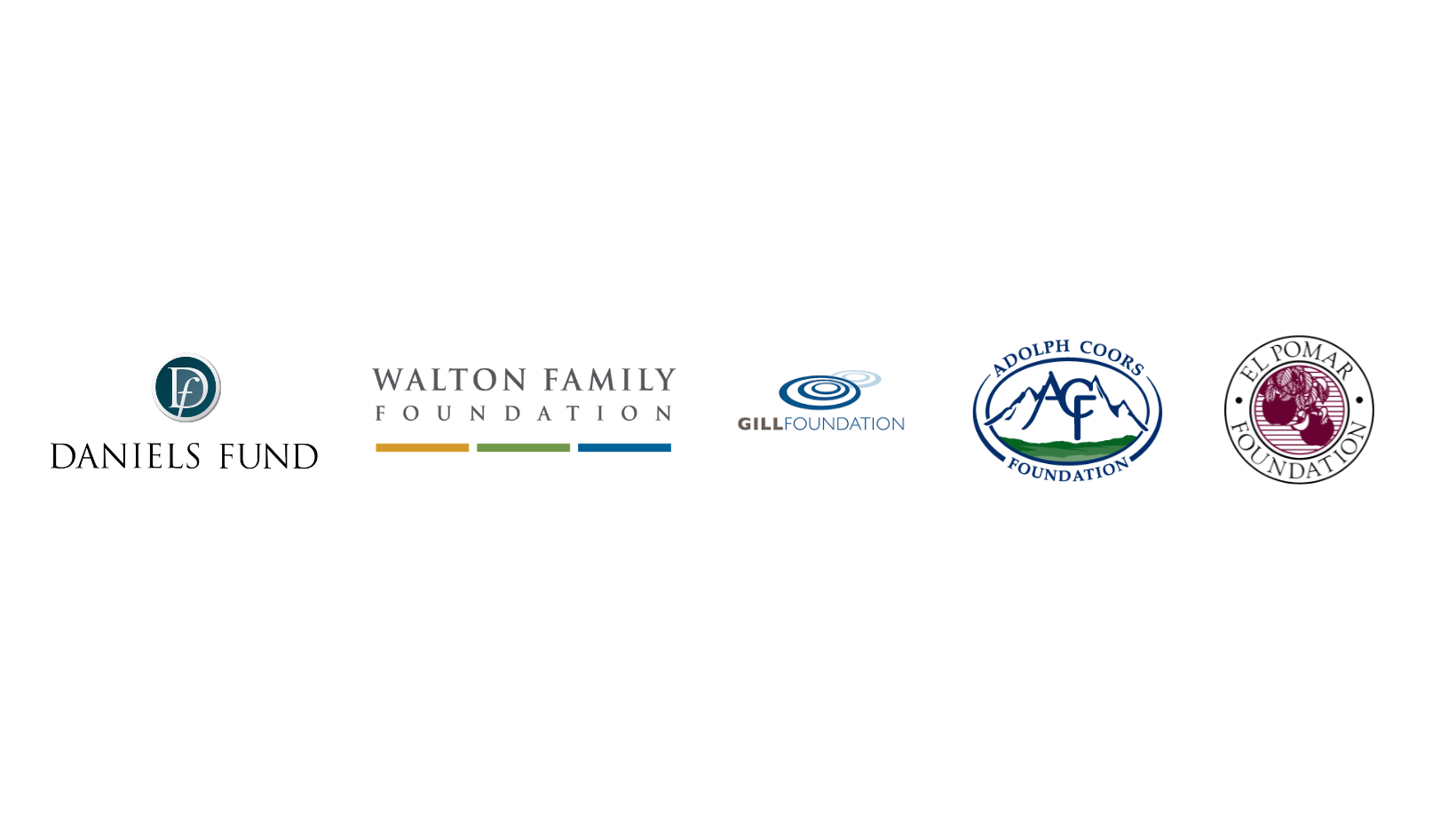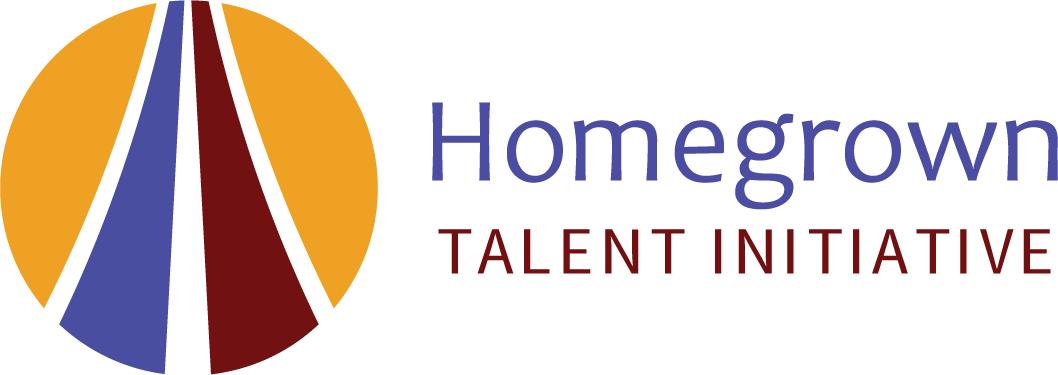
What is the Homegrown Talent Initiative?
The Homegrown Talent Initiative is a statewide partnership that supports regional cohorts of communities to create homegrown, career-connected learning experiences for K-12 students aligned to the needs and aspirations of their local economies. Through facilitated technical assistance, coaching, and asset mapping, communities are building homegrown opportunity pathways to serve the unique needs of students, families, schools, business, and industry. Homegrown Talent Initiative is facilitated by Colorado Succeeds and the Colorado Education Initiative (CEI), and supported by the Daniels Fund, Walton Family Foundation, Gill Foundation, Adolph Coors Foundation, and El Pomar Foundation.
The Homegrown Talent Initiative is pleased to announce $750,000 of funding to rural Colorado communities, thanks to the generous support of numerous partners and the dedication and innovation of the inspiring cohort. We’re kicking off Phase 2: Implementation with coaching, technical assistance, and continued equity and empathy-building work.
Each year we take a step back to review the process, progress, and emerging learnings from HTI. Check out these recaps from Phase 1 & Phase 2, jam-packed with impact data, community updates, and things we’re learning along the way!
What is the Career-Connected Learning Continuum?
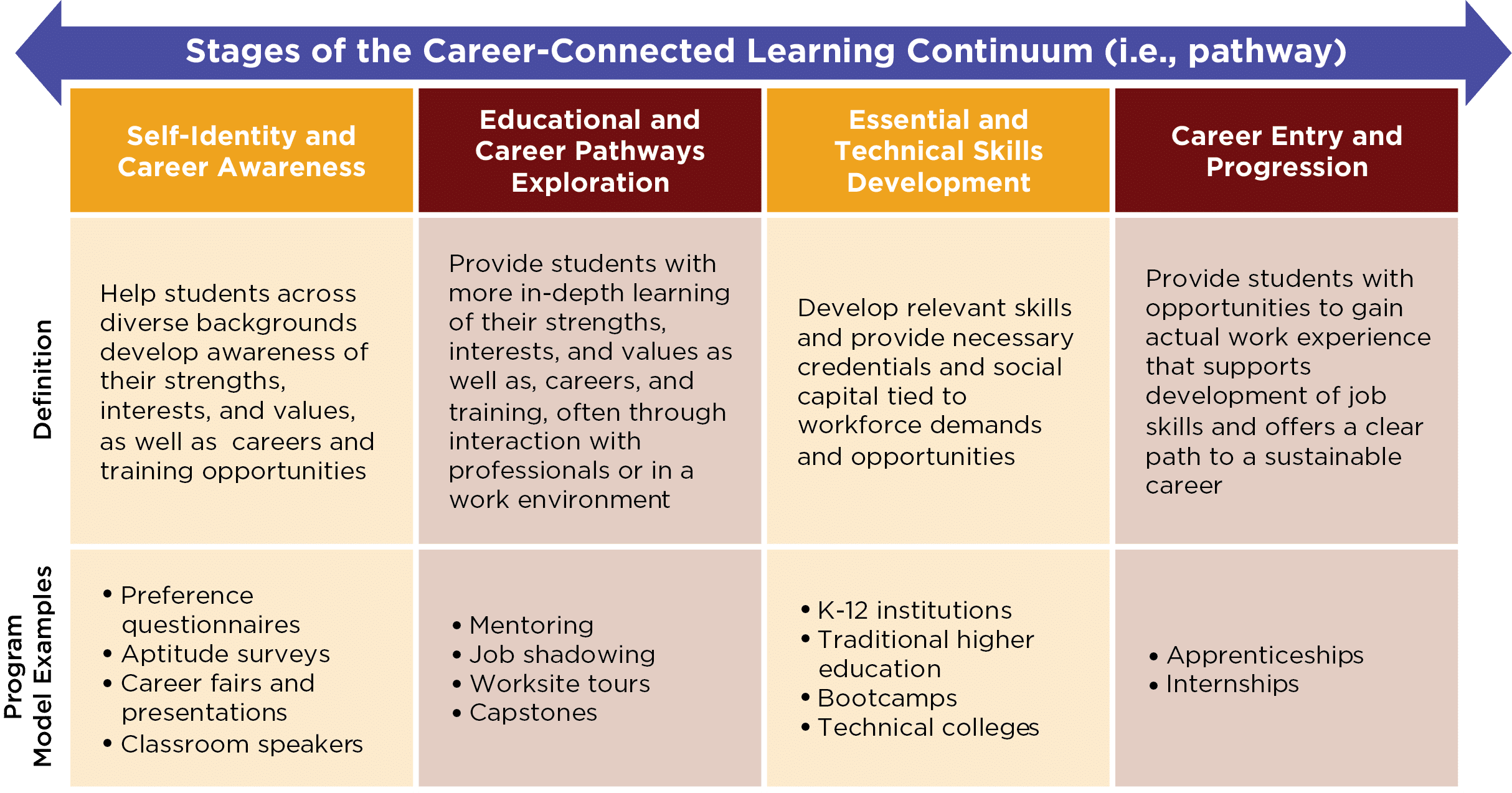
What are communities committing to?
Through HTI, Colorado Succeeds and Colorado Education Initiative will support regional cohorts of communities to create homegrown, work based learning programs aligned to the Career Connected Continuum. Communities will collaborate to design (Phase 1) and implement (Phase 2) ways to tap into the potential of local talent early on while students are still in middle and high school – so that they can build homegrown opportunity and pathways to serve the unique needs of business and industry in their local community. The project involves six essential components:
Local community leadership and design teams comprised of K-12, business, and higher education leaders.
Support to build a high-quality profile of a high school graduate that aligns with local community values.
Participation in a well-supported process to design programs intended to dramatically improve access to pathways that lead to economic opportunity when students leave school.
Colorado-grown inspiration in the form of well-documented innovations already underway in other communities.
Specific technical assistance for local businesses to sustainably work with education systems.
The opportunity for funding to launch designs in communities in the second phase of the project, with the ultimate intent to create high-quality proof points of and champions for this work.
During the Exploration & Design Phase (2019-2020 school year), the selected cohort of 8 communities will visit exemplar sites, participate in a series of convenings and design thinking workshops, and begin to develop their community’s graduate profile and plans for implementation. In the Implementation & Pilot Phase (2020-2022 school years), communities may be eligible for additional investments and may receive in-depth technical assistance and capacity support as they begin to implement their plans.
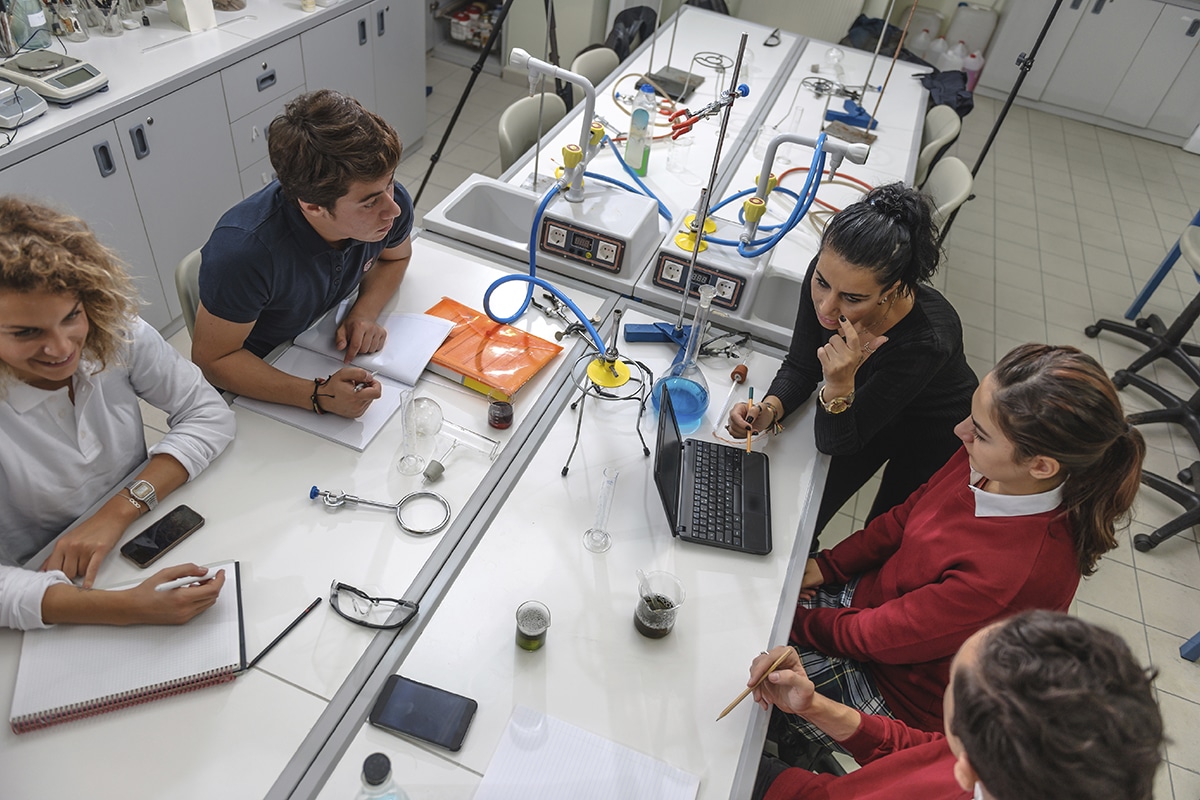
What is the community design team?
Each community will form a team comprised of K-12, business, higher education, and parent and community leaders. Specific activities in which teams will participate during the 2019-2020 school year include:
- Analyzing current data
- Visiting exemplar sites
- Conducting empathy building efforts
- Developing a profile of a graduate with community and family engagement
- Designing and prototyping work-based learning pilots aligned to the Career-Connected Continuum
- Developing priorities and plans for proposed implementation support
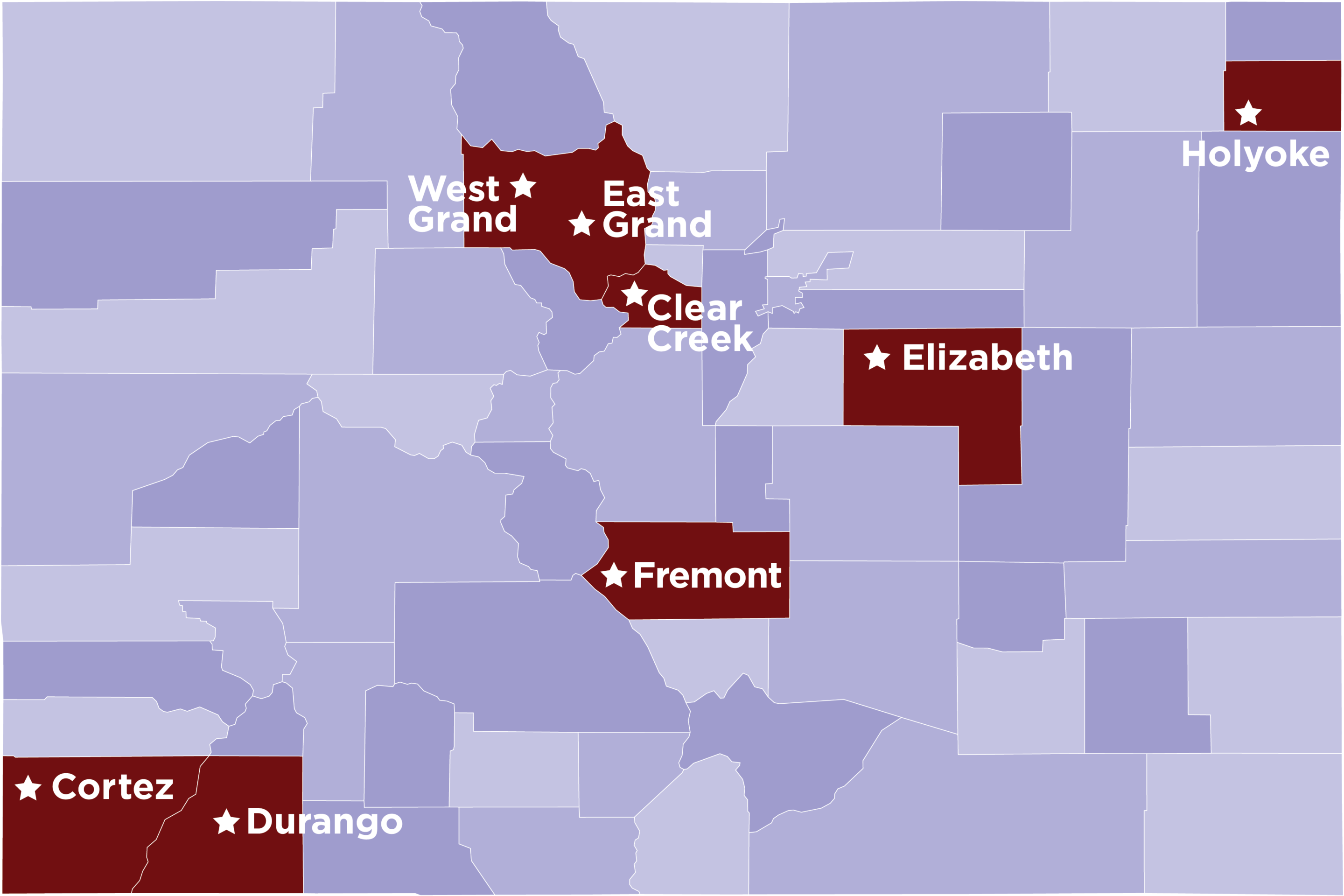
Who was selected to participate?
Seven communities (nine districts) will participate in
HTI implementation.
- Grand County (East & West)
- Clear Creek
- Fremont RE-2
- Holyoke
- Elizabeth
- Montezuma-Cortez
- Durango

What are the industries in these regions?
- Aerospace
- Agriculture
- Business/Entrepreneurship
- Construction
- Health Care
- Hospitality/Tourism
- Mining
Students in HTI districts
FRL students in HTI districts
High School students in HTI districts
High School students in the largest district
High School students in the smallest district
%
Average graduation rate gap between FRL and non-FRL students
For More Information
Read the Vision 2030 Framework and The Colorado Roadmap to Work-Based Learning
or contact us via the form below.
